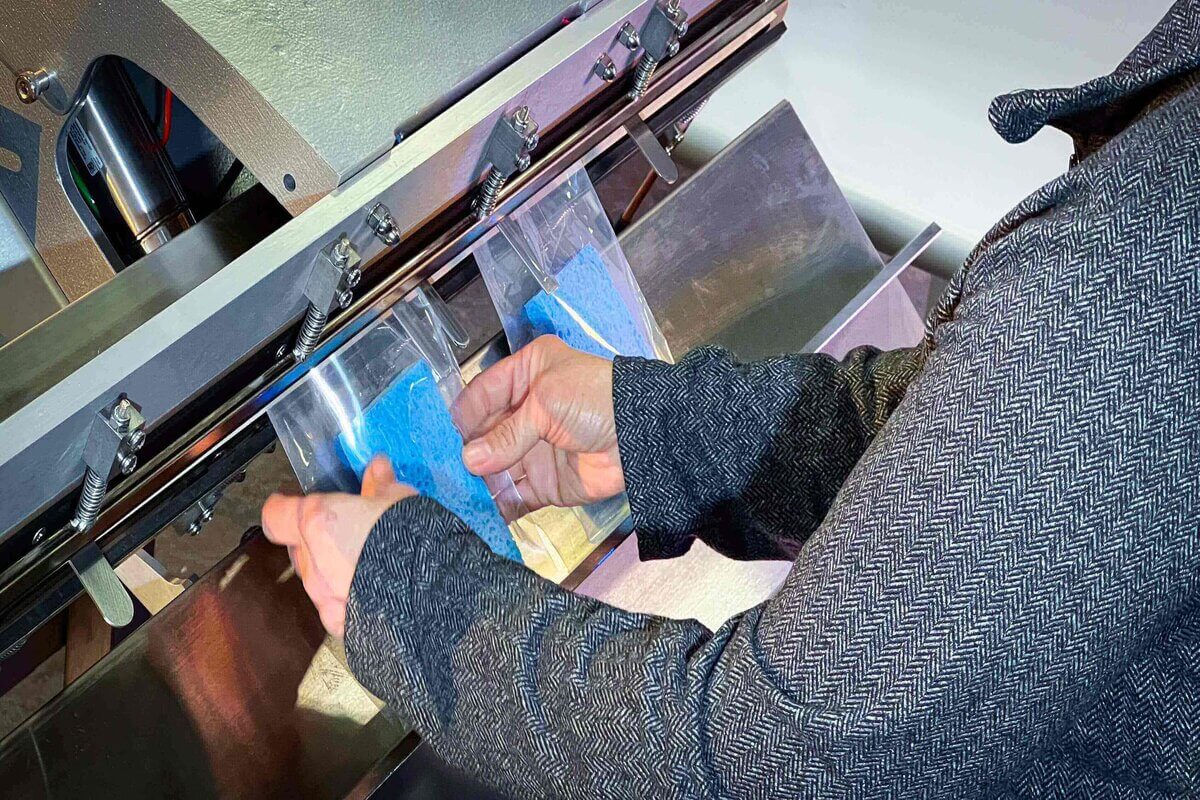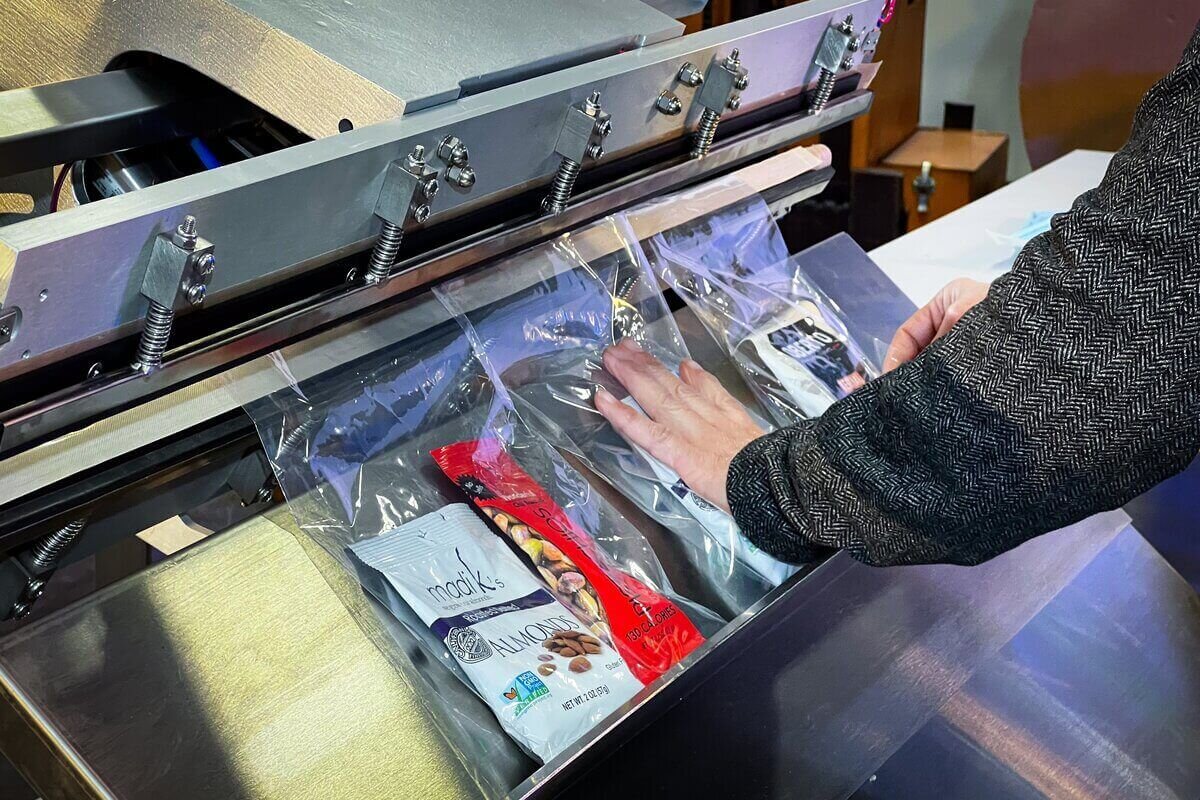In today’s manufacturing and distribution sectors, maintaining product quality while streamlining operations is paramount. A crucial player in achieving this balance is the sealing technology used for product packaging. Specifically, automatic and vacuum bag sealing systems.
Automatic and vacuum bag sealing systems have taken the forefront in offering efficient, reliable packaging solutions for a variety of industries. In this article, we will dive into the mechanics, technology, and applications of these sealing methods.

What Makes a Good Seal?
Sealing is the process of using heat, pressure, or a combination of both to join two materials together. A good seal should not only adhere well but also be durable enough to withstand stresses such as shipping and handling.
Understanding Auto Bag Sealing
Automatic bag sealers typically use a conveyor system that moves the bags through the sealing process. The system detects the bag’s presence, clamps it, applies heat and/or pressure, and then releases the sealed bag—all with minimal human intervention.
Benefits
- Efficiency: High throughput with minimal manual labor
- Consistency: Uniform seals every time
- Flexibility: Can handle various types of materials and bag sizes Automatic sealing is more about speed and consistency, making it ideal for industries requiring high-volume output.
Understanding Vacuum Bag Sealing
In vacuum bag sealing, the system extracts air from the bag before sealing it. This is particularly beneficial for perishable goods as it minimizes the oxygen levels, extending the product’s shelf life.
Benefits
- Longevity: Increases product shelf-life
- Quality: Preserves flavor and nutritional value
- Compactness: Reduces packaging size by eliminating air
Vacuum sealing is more focused on product preservation, making it popular in the food and pharmaceutical sectors.
Comparing Auto and Vacuum Bag Sealing
Key Differences
While both systems aim to seal bags effectively, their primary objectives are different. Automatic bag sealing is generally faster but may not be as concerned with product preservation. On the other hand, vacuum bag sealing offers better longevity but may take a bit more time due to the air extraction process.
Where Are These Systems Used?
- Food industry: Vacuum sealing is a common choice for perishable items like meat and vegetables.
- Medical sector: Automatic sealing ensures that medical supplies are sealed swiftly and hygienically.
- Electronics: Components are often vacuum-sealed to prevent moisture and dust infiltration.
Choose the Best Sealing Method for Your Company’s Specific Needs

Understanding the complexities of automatic and vacuum bag sealing technologies is essential for making an informed choice tailored to your specific industry needs. While automatic systems prioritize speed and efficiency, vacuum methods are more focused on longevity and product quality. Both methods have unique advantages that make them indispensable in today’s competitive markets. Contact MDI today to learn more about how auto and vacuum bag sealing works.